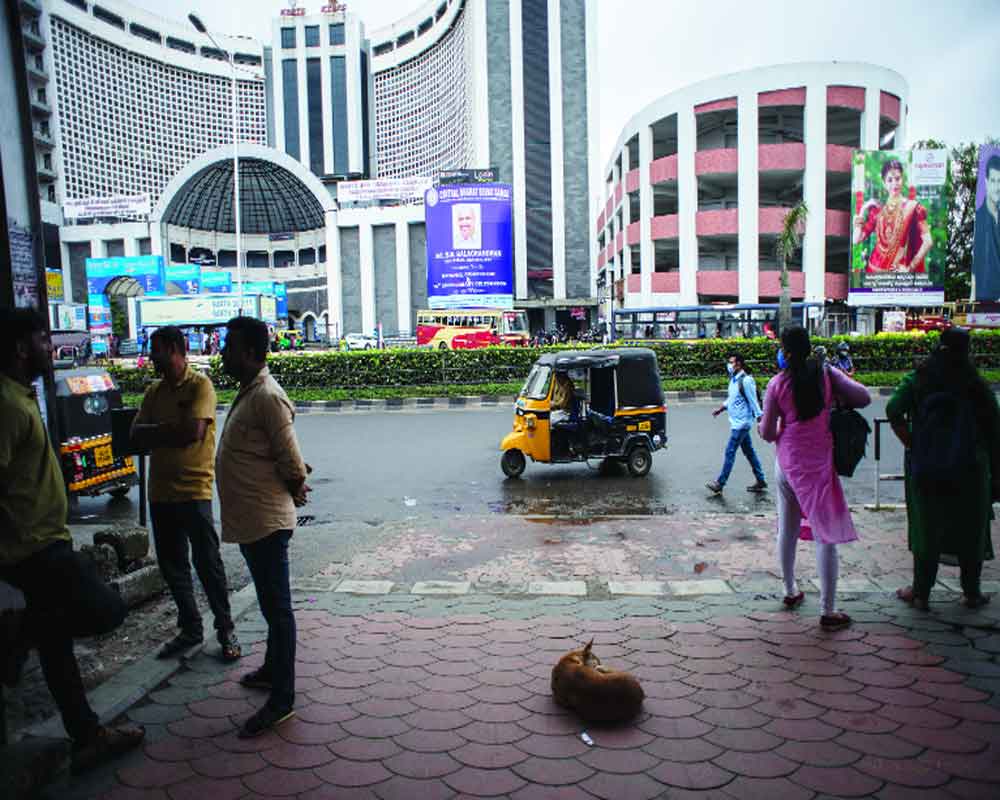Political parties across the spectrum have somehow failed miserably in showcasing their cumulative commitment towards building a reliable learning ecosystem. Since children are not vote bank, they often find themselves among the most marginalised constituencies in this nation.
In the absence of any political voice, children are compelled to go through a dated education system where the learning outcomes are extremely weak. In fact, the significantly large number of teacher vacancies and high absentee rates in almost all government schools is a testimony to this gross apathy. Due to this widespread apathy, governments often fail miserably in protecting the needs of students.
This is evident from the obnoxiously high vacancy rate in most of the educational institutes. Even premium institutes like IITs have a faculty vacancy rate of more than 50 per cent. We can only imagine the plight of other institutes run on the money power of corrupt politicians.
This precarious ecosystem has created an embarrassing situation where 27 per cent of the youth population (15-29 years) is sitting idle. They are neither employed in any gainful job nor pursuing any education or training. Definitely not an ideal condition to reap the demographic dividends.
India’s public education spending, at 4.5 per cent of the GDP, is among the lowest in the world. Therefore, it is essential that spending on education and skill upgradation should be outside the shadow of welfare schemes. Because the role of education is so critical in shaping the growth potential of a country’s manufacturing and service sectors, it can’t just be treated as a welfare measure. Let’s have a look at some numbers to appreciate the looming concerns.
As per the latest periodic Labour Force Survey (20-21), only 13.8 per cent of Indian youth are vocationally trained. This, in comparison to Germany’s 75 per cent and the US’ 50 per cent, is woefully inadequate to extract the benefit from the demographic dividend. Of the total estimated youth population of 301 million, approximately 260 million youth are basically not qualified or skilled enough to get absorbed in the existing job market.
And out of this huge population, as many as 27.3 per cent of the youth fall into the category of Not in Employment, Education, or Training, referred to as (NEET) youth. This is perhaps a huge population of semi-literate people who are just whiling away their time. This is almost 82 million young people. To put this number into context, it is almost equivalent to the total number of members enrolled in the Communist Party of China.
This large number of unemployable youths is a testimony of our grand failure in both education and skill development. Hence, any further delay in addressing the twin issues of education and skills will jeopardise our goal of becoming a middle-income nation by the end of this decade.
There is no doubt that the initiatives taken in the last decade in the form of sector skills councils and skill hubs have played a critical role in linking schools to ITIs and polytechnics with embedded courses. But the results in terms of employment generation have so far remained lukewarm, which is evident from the fact that more than 50 million households are still relying on MNREGA to find employment.
Despite introducing various skill implementation programmes, as many as half of the trained people are skilled in one of three fields only: IT/IT enabled services, textile/handloom, and electrical/electronics. And this has been going on despite the fact that these three fields are incapable of absorbing all the trained people. As long as people undergoing training are not made fully aware of the prospect of respective courses, these students will always feel the pressure to pursue the courses that are most popular among their peer group.
Therefore, it is essential to create more and more skill sets related to high-value agriculture, animal husbandry, horticulture, and agro-processing so as to empower rural women and NEET youth residing in rural areas. And while imparting these skill-building programmes, it is imperative to include life-skill components like basic IT and communication skills.
Furthermore, existing ITIs and Polytechnics must introduce curriculum and courses centred on the specific needs of manufacturing industries. There is a need to involve women’s self-help groups and youth organisations in the process of designing and conceptualising skilling plans to meet the specific needs of their local area. Besides, skill programmes managed by potential employers should always be encouraged, especially for the development of industry-relevant skills.
An annual target of training a certain number of youths can never replace a comprehensive framework to create more opportunities of employment and entrepreneurship. For an economy that aspires to achieve the status of a middle-income nation by the end of this decade, elevating the overall quality of education and imparting industry-relevant employable skills can act as a twin engine to turbocharge the economy.
(The writer is a former IRS officer & author of the book ‘Current Perspectives on the Indian Economy’)


























